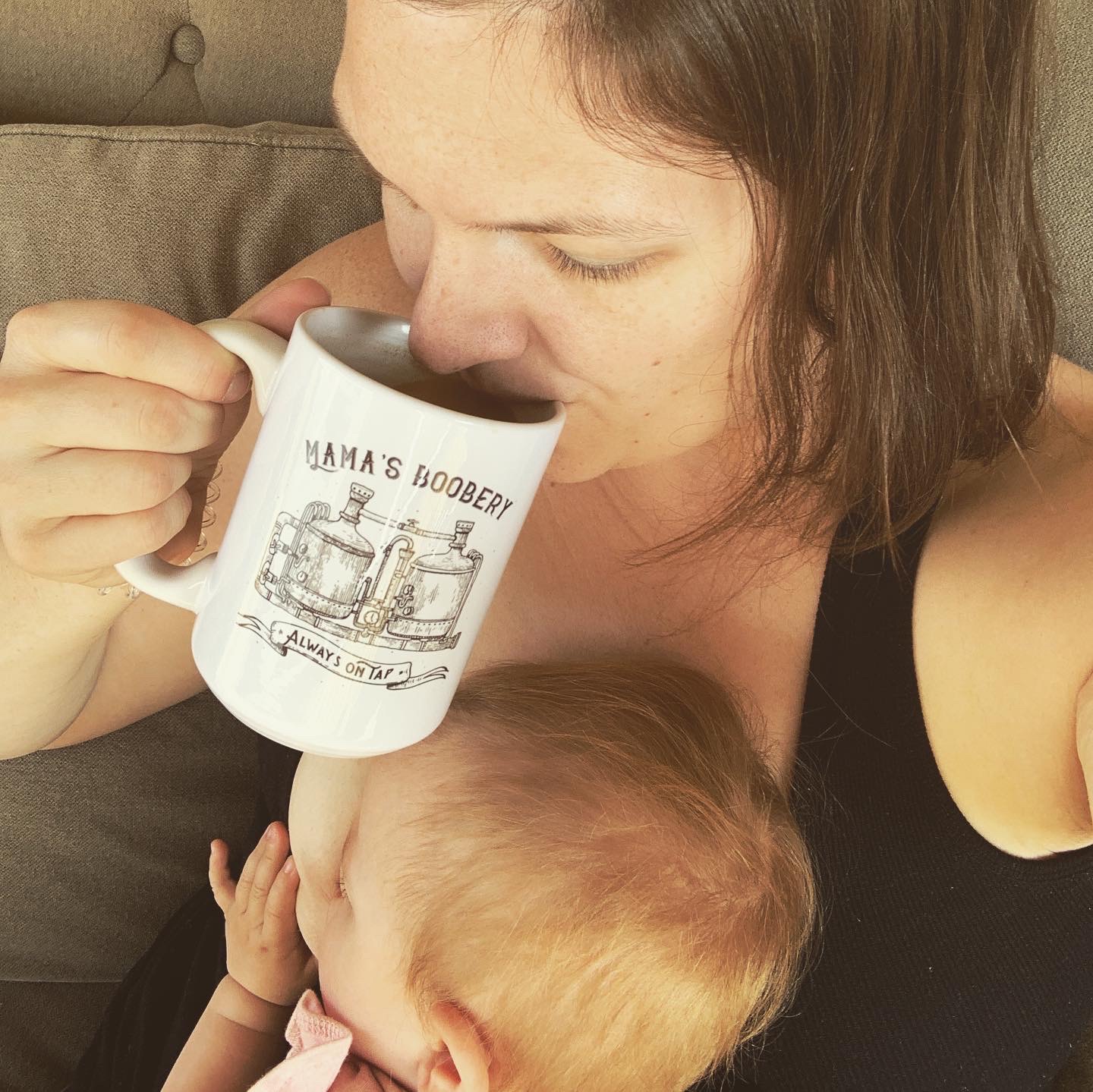
FULL/EMPTY BREASTS
While it seems counterintuitive, the emptier your breasts are, the faster they make milk. A full bread has no place to store or hold the milk, so milk production slows to prevent plugged ducts and breast discomfort. Cluster feeding on an emptier breast actually tells the body to make more milk at a faster rate!! Some incorrectly assume you have to wait for the breast to “fill up” before feeding your baby or for pumping while at work. This will eventually lead to less milk, as a fuller breast tells your body baby isn’t eating very often and to slow milk production. The more frequent you empty the breast, the higher the fat content in that milk and the faster milk is made. The longer often you wait and the fuller the breast, the higher the water content in that milk and the slower your body will make milk overall.
W atch the baby, not the clock. Breasts may feel really full between feedings in the first few weeks after birth, but they’re also not supposed to stay engorged. There will come a time when they stay soft and don’t feel full between feedings or pumping, so waiting for that as a cue to feed will also sabotage your supply. Don’t be alarmed when your breasts no longer feel full between feeding. You’re entering a new stage where you’ll still make plenty of milk for your baby as long as you’re routinely emptying that milk. Trust your body. Trust your baby.











